52 weeks of Historical How-to’s, week 34: Headache remedy
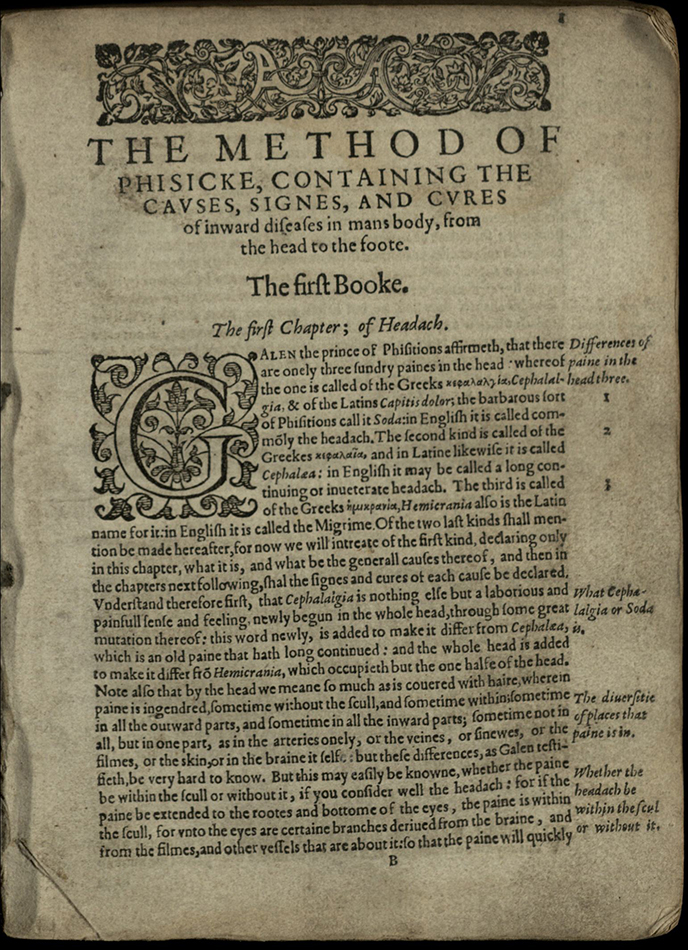
This week’s blog takes a look at medicinal remedies. My attention was first drawn to The method of physick by Philip Barrough as it contains ‘the cavses, signes, and cures of inward diseases in mans body, from the head to the foote’. Barrough or Barrow was licensed to practice surgery by Cambridge in 1559 and wrote his medical guide in 1583. There were seven editions of the text; the copy pictured here is the fifth edition from 1617. Starting with the head, Barrough sketches the causes of the various types of headaches; headache caused of ‘heat, cold, drinesse, moisture, bloud, choler, fleame, windinesse, stomacke, drunkennesse, feauers and the migrime’.
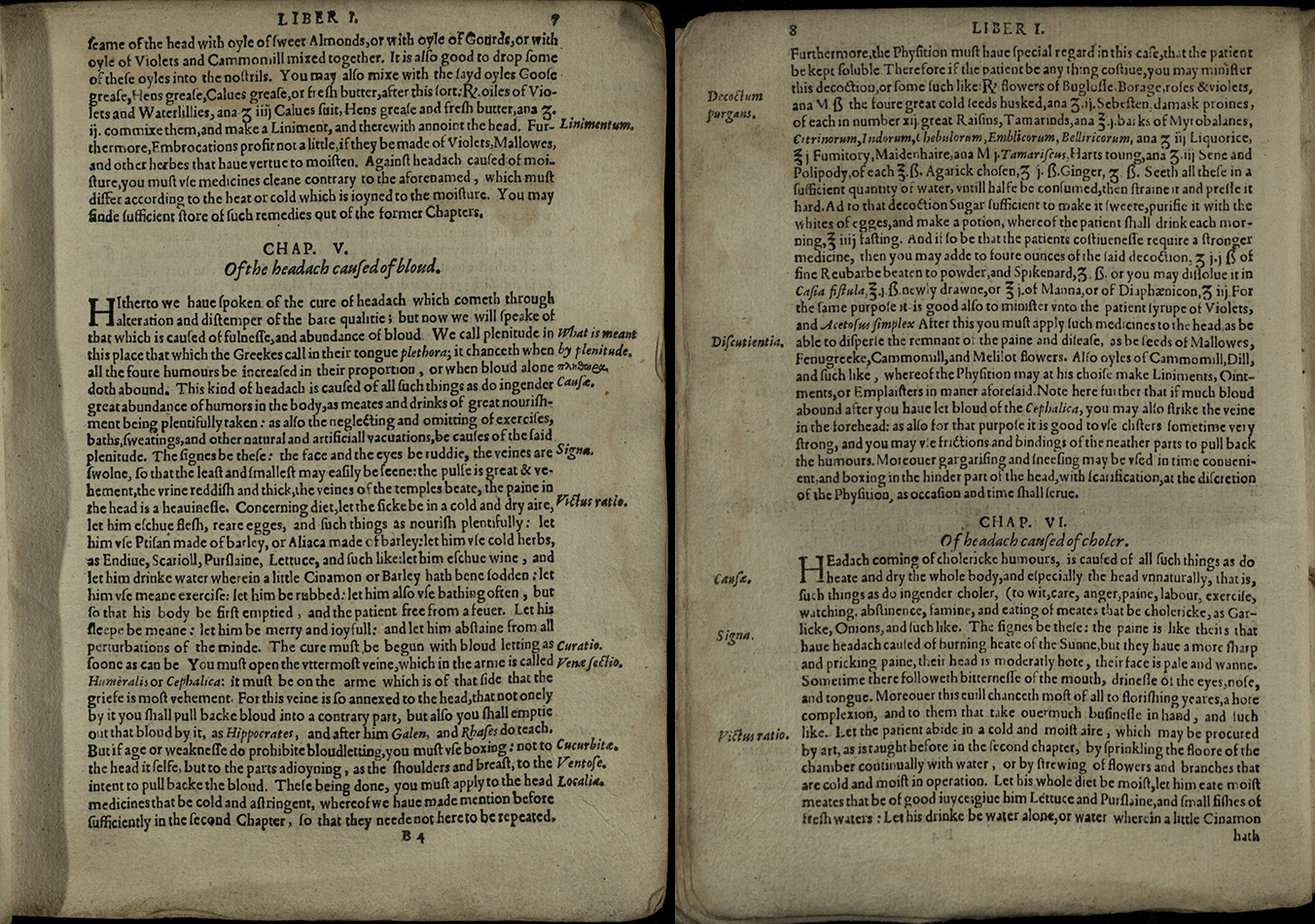
Barrough subscribed to the humoral theory of Hippocrates and Galen which was still common in the 17th century. Imbalance in one or all of the four humours of blood, phlegm, black bile and yellow bile could lead to disease and sickness. For example, the Method of Physick tells us that the partaking of nourishing meat and drink and the lack of exercise, baths and sweatings could result in an imbalance in the humours and therefore a headache from the ‘fulnesse, and abundance of bloud’. The cure for this headache is a combination of lean diet, exercise and immediate ‘bloud letting’. Of course a healthy diet and plenty exercise is always advisable, however in the interests of personal safety, I decided to give the ‘bloud letting’ treatment a wide berth and looked for an alternative headache cure. Ever hopeful I ventured into our 18th and 19th century collections for some inspiration.
In the 18th and 19th centuries apothecaries outnumbered doctors as the practitioners of medicine. They prepared and sold medical remedies in their communities and sometimes even performed minor surgeries. In the Cheapes of Rossie archive there are several apothecary receipts. These receipts reveal the products being sold by apothecaries, such as diocodium, purging potions, christalised niter and syrup of violets.
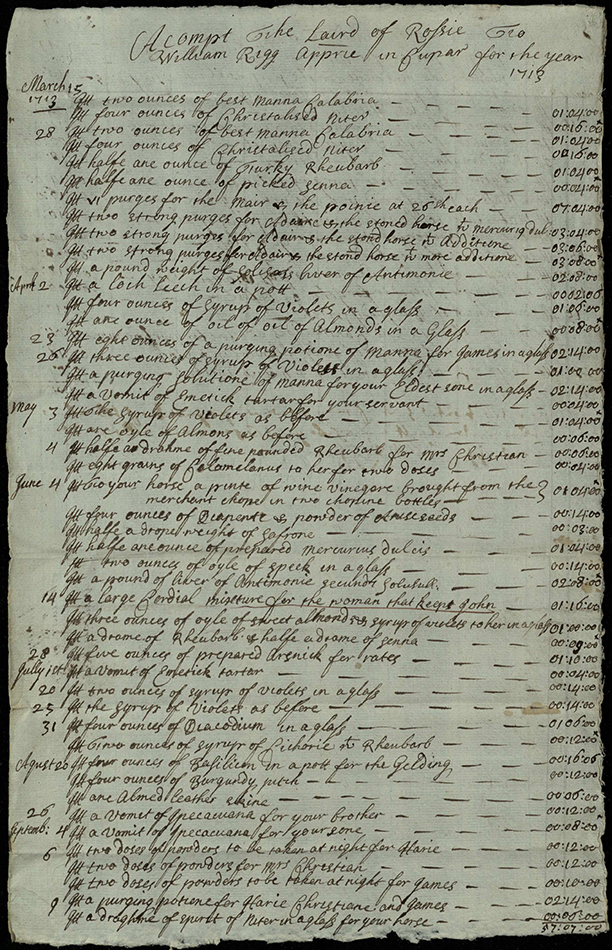
As apothecaries often used plants and herbs in their remedies I took a look at the mid-19th century text Wild Flowers which includes detail on the medicinal use of plants. However, as a very indoors sort of person and daunted by the prospect of accidentally picking the wrong plant, I thought it best to stick to bought ingredients for my remedy.
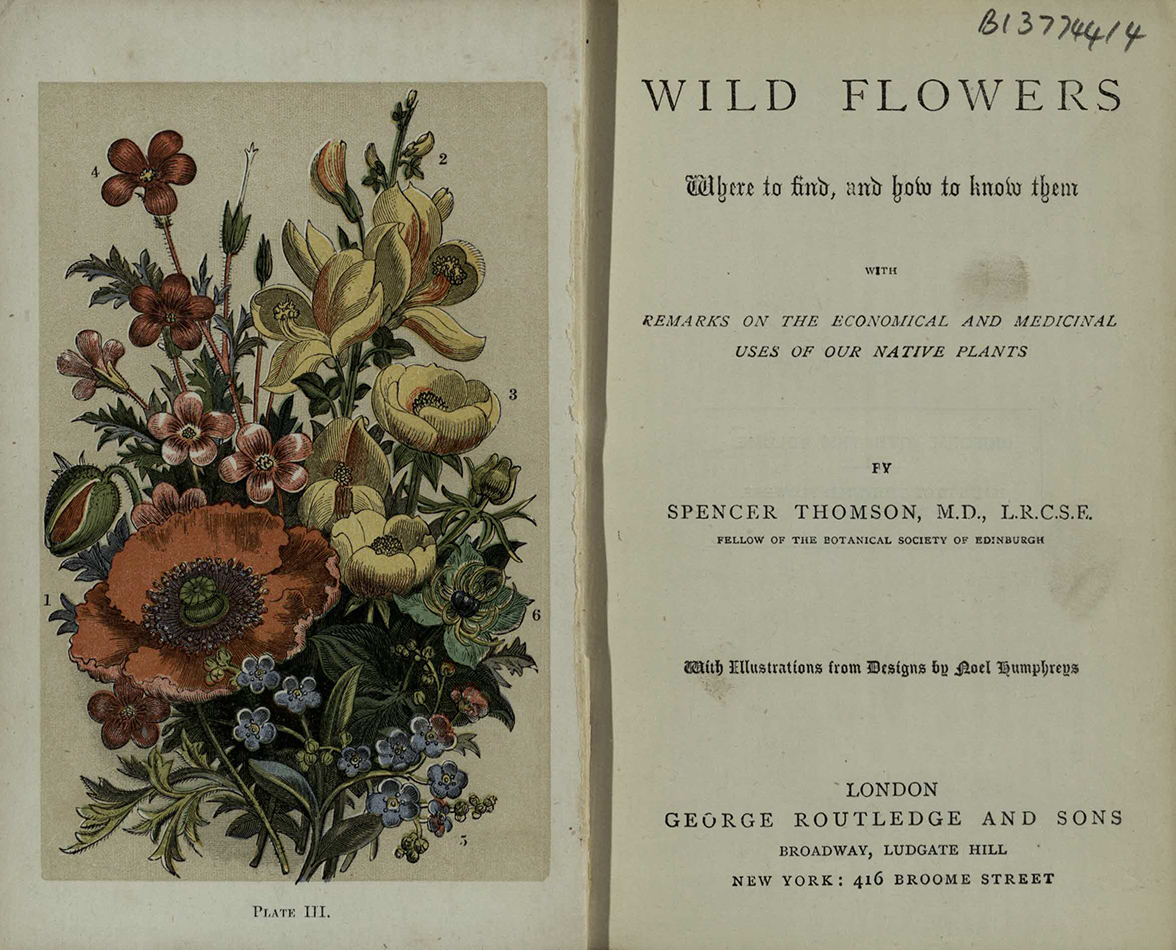
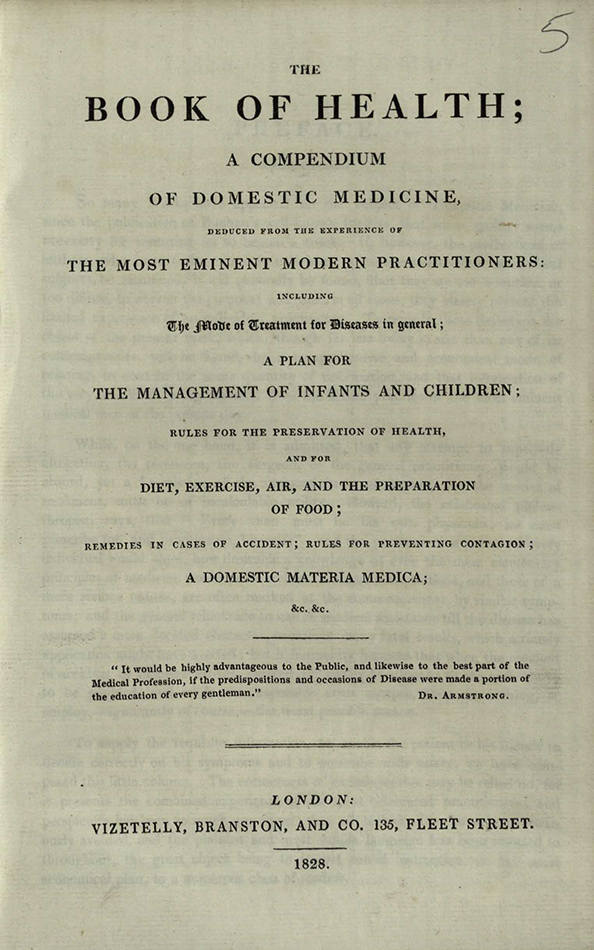
With the advancement in science in the 19th century, medicine began to take a more systematic look at symptoms when diagnosing ailments. My headache cure is taken from the pamphlet The book of health; a compendium of domestic medicine, deduced from the experience of the most eminent modern practictioners: including the mode of treatment for diseases in general……, published in 1828. The cause of the headache, according to the pamphlet, ‘can be acquired by protracted study, or habits of intoxication’. The treatment recommended by this compendium depends on ‘the particular nature of the case, the cause inducing it, and the habit of the patient’. As a source of relief the following solution is recommended to be taken two to three times a day for several weeks:
Compound infusion of gentian, five ounces; alkaline solution, half an ounce; tincture of sarsaparilla, half an ounce: mix.
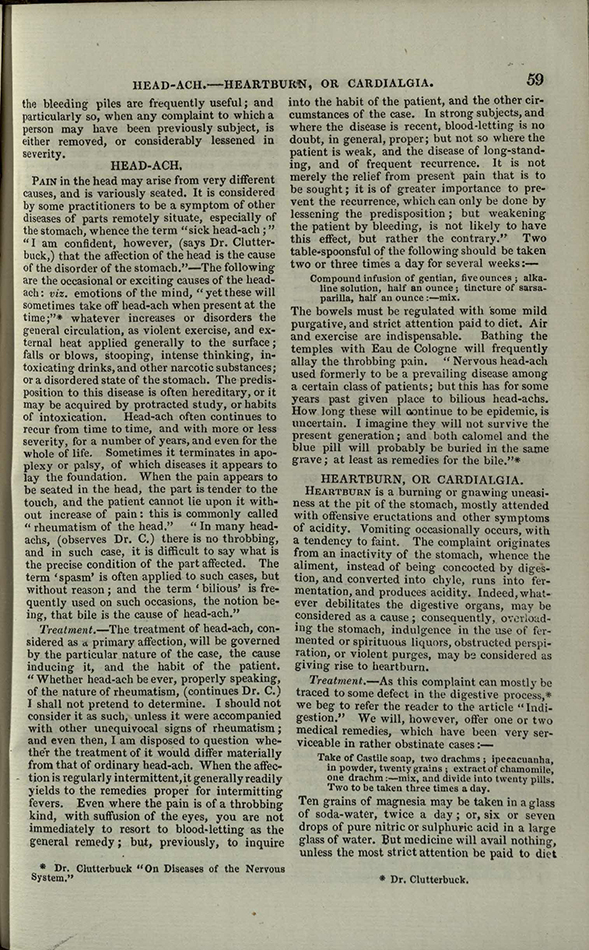
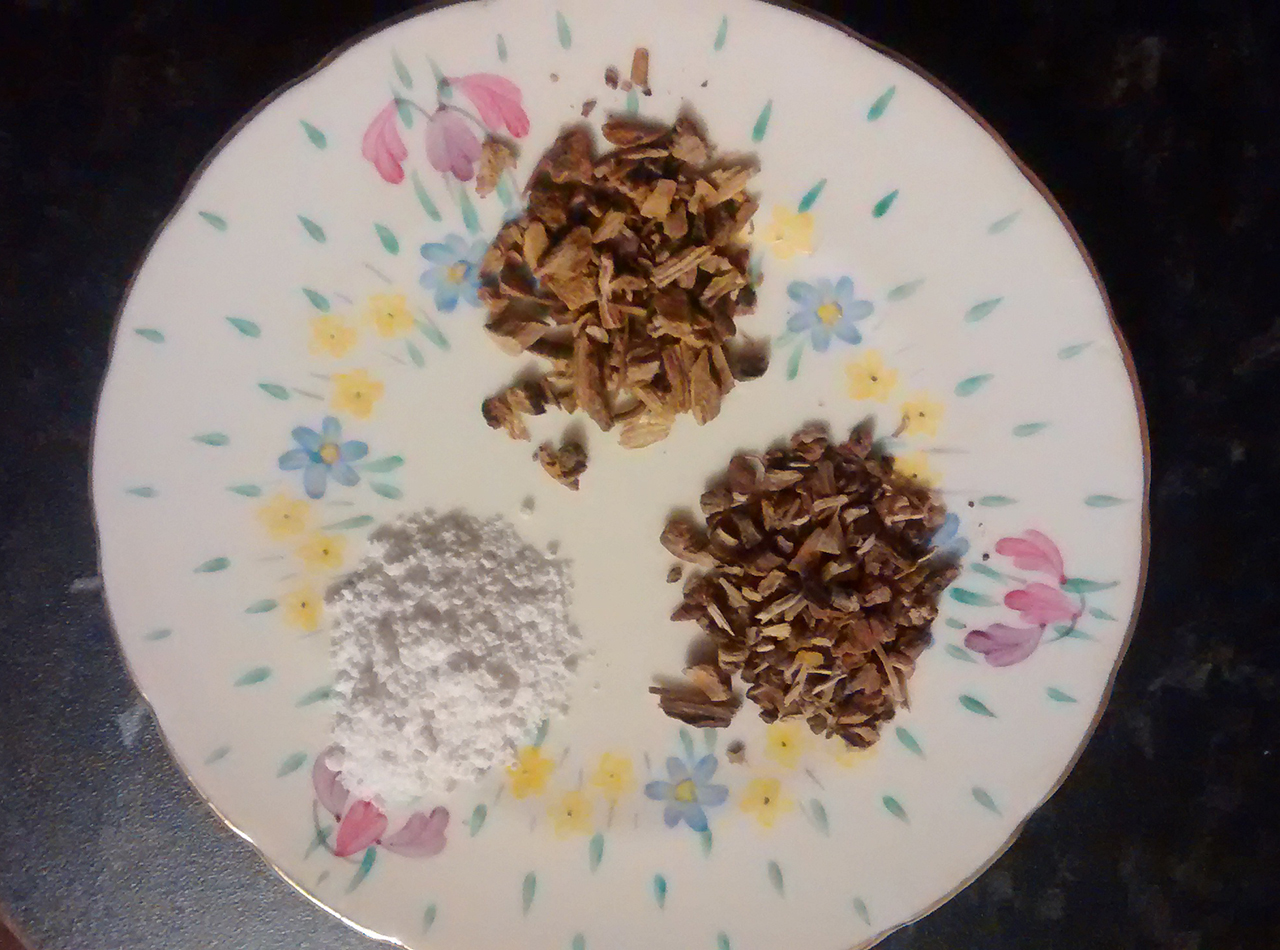
Using gentian root, sarsaparilla root and bicarbonate of soda as my alkaline solution, I infused all three ingredients in water individually. Taking an ounce as approximately 28ml, I mixed the quantity of infusions as specified. The result was a very strong aroma of bark, from the gentian root, and a very unpalatable flavour.
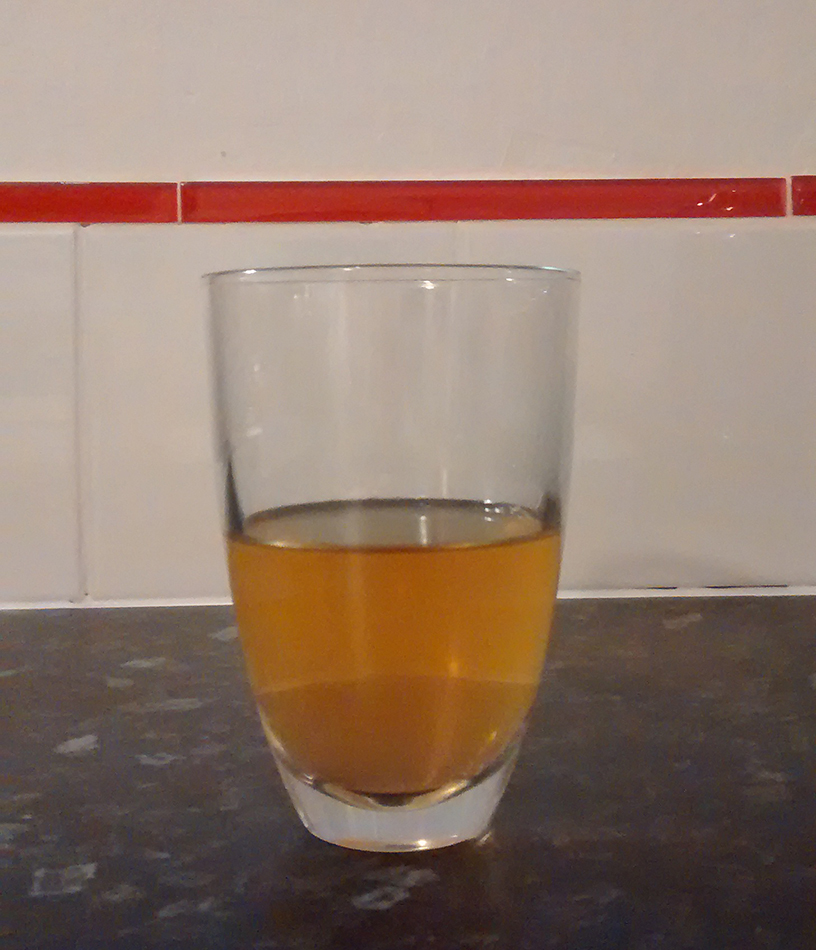
Having no medical expertise I cannot make any claims as to the value of this treatment and, as I was not plagued with a headache at the time of making my remedy, I cannot vouch for its efficacy. The taste and aroma of the remedy certainly had a medicinal quality, as it conjured up childhood memories of horrible cough syrups! While the experience of pretending to be an apothecary was fun, based on its flavour, my conclusion would be to give this cure a miss!
-Sarah Rodriguez
Reading Room Administrator